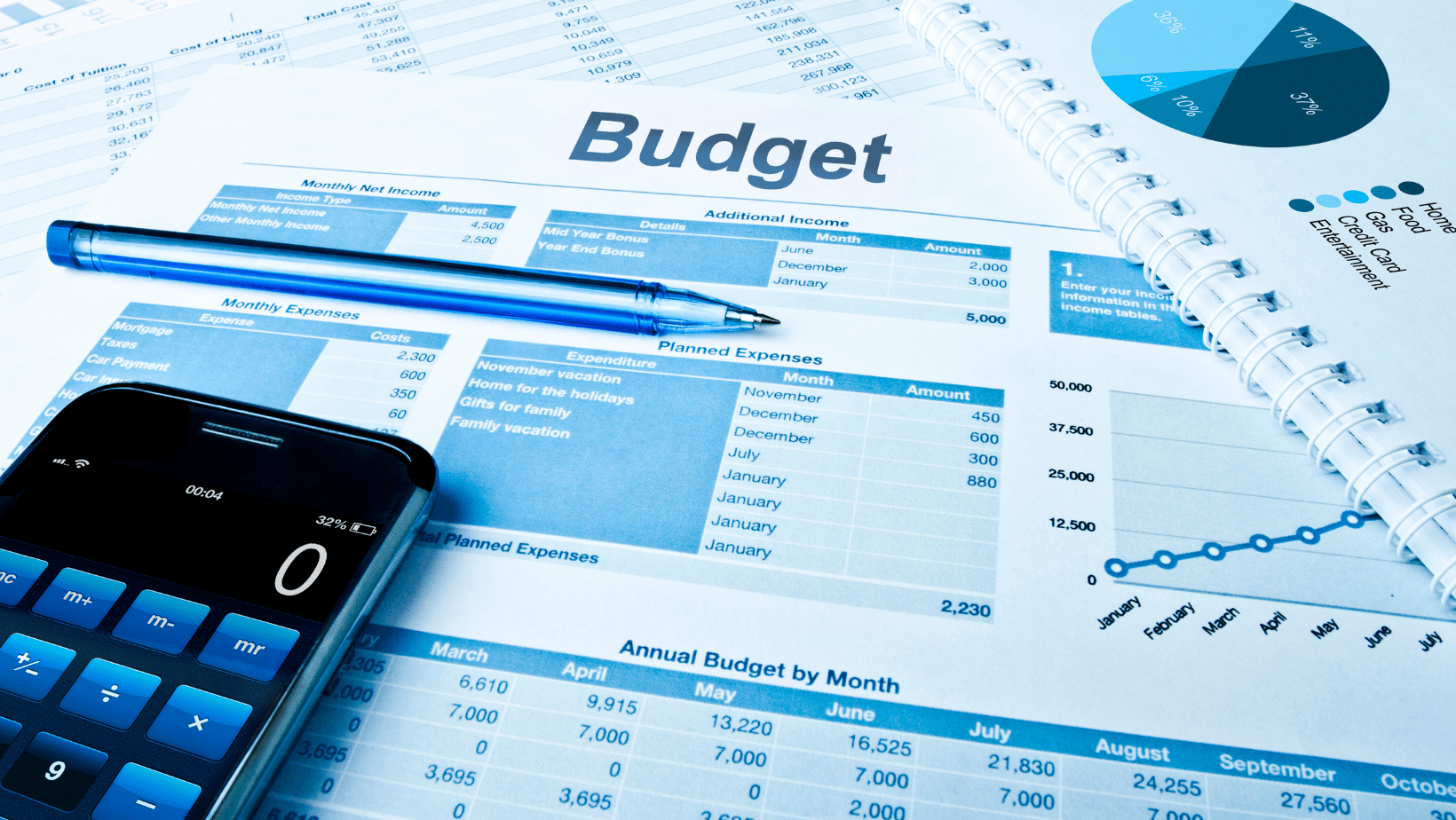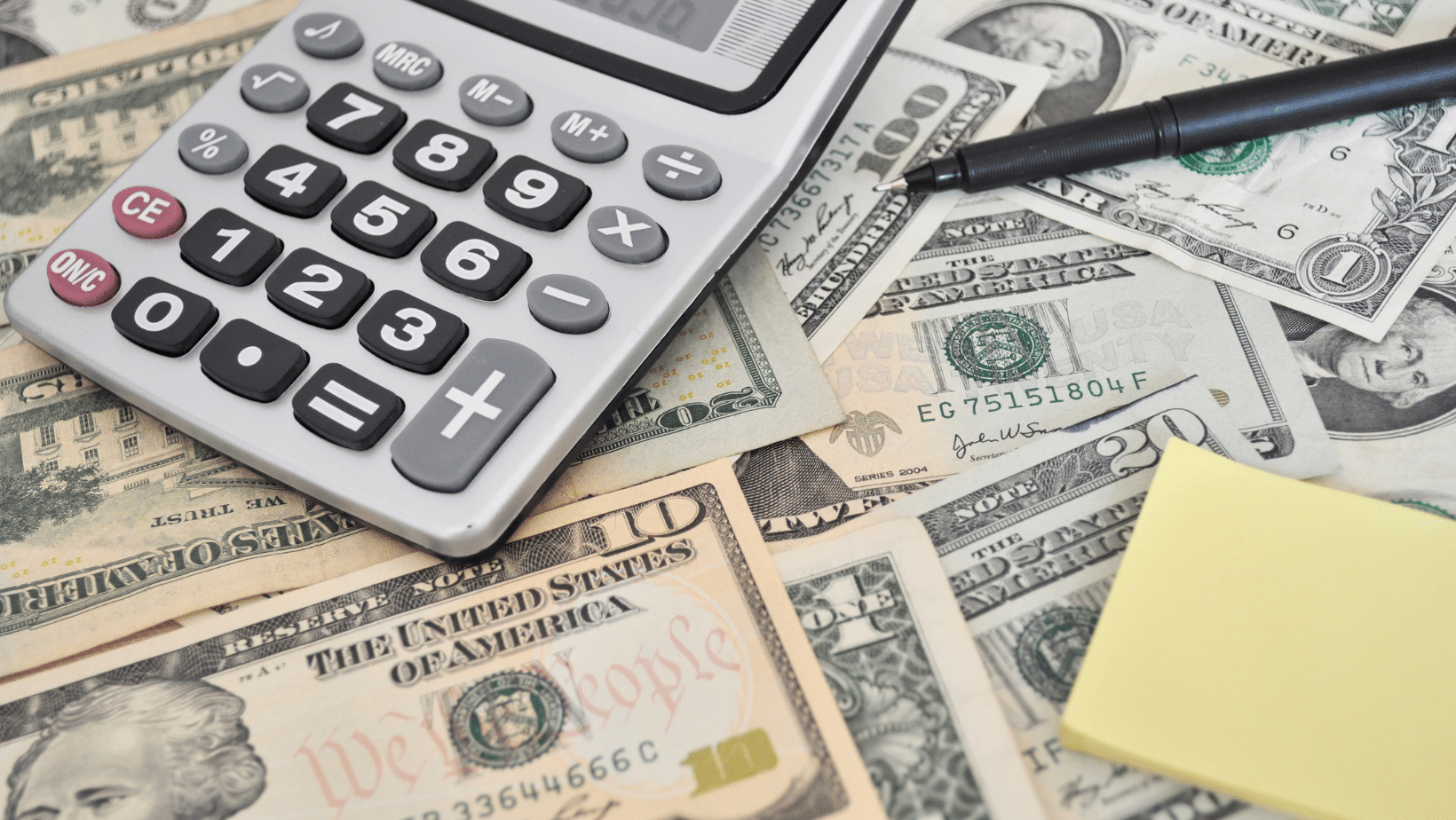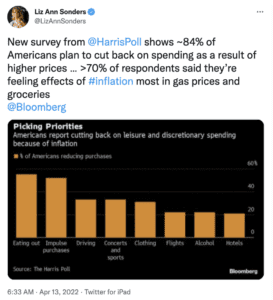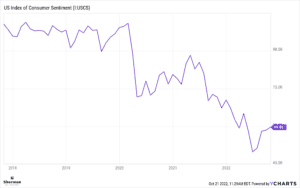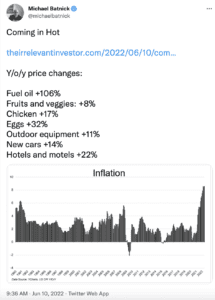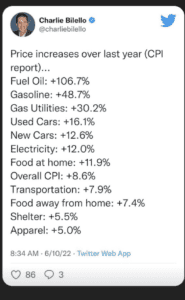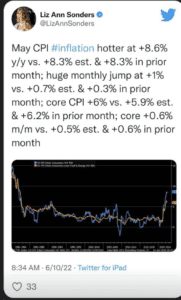Over the last few years individuals worldwide have found themselves needing to adapt to a rapidly ever changing economic landscape. In recent months, the consumer has needed to adjust to a higher interest rate environment due to inflation and a higher cost of living, prompting a significant shift in spending habits. One noteworthy transformation seen in more recent months is the decline in demand on home buying, as mortgage rates reach unprecedented highs. Let’s explore the impact inflation and rising interest rates is having on consumer spending.
As mentioned above, one of the large reconsiderations we have seen in consumer spending is homeownership. “With mortgage rates near 8% and average home prices hitting record highs, sales of existing homes were down 15.4% year-over-year in September”, according to the National Association of Realtors. Typical home buyers are now straying away from the real estate market and allocating those funds towards different goals, such as rent and education. For example, according to data firm ISS Market Intelligence, “There was a 15% increase in the number of new 529 college savings accounts opened in the third quarter from a year ago”. Homebuyers who either purchased or refinanced during the COVID-19 low interest rate era are now also realizing how expensive it would be to move or relocate rather than undergo a home improvement or renovation.
As the economic landscape continues to change, so do the goals of the consumer. While your goals may remain the same, many individuals are revisiting the importance and timeline of their goals, to better align with the current environment. So, one goal the consumer is starting to redirect their spending to in this environment is travel. Whether individuals missed out on travel during the pandemic or are now putting off their future home purchase, studied are showing that the consumer is redirecting their funds towards experiences rather than assets. The concept of “experiential spending” is gaining traction, with people allocating money towards travel, education, and enriching activities.
With interest rates at elevated levels, individuals are also becoming more strategic in managing their debt, becoming more conscious about variable interest rate debt, while maximizing interest earned on savings. Student loan payments came back online in October, adding another payment that was gone for quite some time back into the budget. These changes to the budget are having an impact on where the next incremental dollar is going.
In the face of higher interest rates, inflation, and an increased cost of living, individuals are reshaping their spending habits and financial strategies. The traditional notion of homeownership is being reevaluated, with a shift towards experiential spending, prudent debt management, and tighter budgets. As the economic landscape continues to evolve, adaptability will be crucial for individuals seeking to navigate these ever-changing environments successfully. If you have any questions on your spending habits or budget or would like to set up complimentary intro call, email info@shermanwealth.com or click here.




